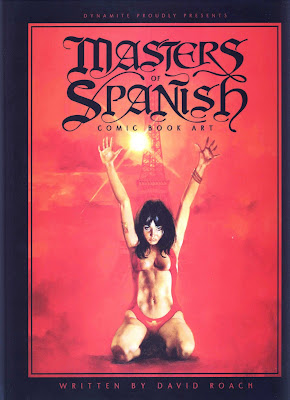1 / 5 Stars
‘Pillars of Salt’ (183 pp) was published by Signet Books in April, 1979. The cover artist is Paul Stinson.
According to the biographical sketch provided in the book, Barbara Paul is a liberal arts major, with a doctoral degree in Theater History. ‘Pillars’ was her second published sf novel. Her other sf novels include ‘An Exercise for Madmen’ (1978), ‘Bibblings’ (1979), ‘Under the Canopy’ (1980), and a Star Trek novel, ‘The Three-Minute Universe’ (1988).
The novel opens in 2051, when so-called Time Visiting is a major scholarly pursuit. It involves clamping electrodes to the user’s head, after which he or she reclines on a couch and enters the mind of a long-deceased person, there to spend days (or even as long as a week) as a silent observer of all that their host sees and feels. The advent of Time Visiting is not without controversy, as some citizens regard it as an unethical and morally questionable practice. However, for historians and artists, it is a revelation to temporarily occupy the mind of historical personages.
(Paul carefully avoids the obvious question as to whether anyone has Visited Jesus, but she does reveal that Mohammed has been parasitized by these unique futuristic voyeurs !).
The heroine of the novel is a young college student named Angie Patterson, who, while occupying the mind of Queen Elizabeth in 1562, discovers that Elizabeth died of smallpox – an event in conflict with recorded history. However, her panic at finding herself unexpectedly occupying the body of a dead woman allows Angie to resurrect Elizabeth on the latter’s deathbed.
This discovery raises questions about whether the process of Time Visiting has altered history. Angie Patterson find herself teaming up with a group of researchers to examine the issue further….and in due course, confronts the unsettling possibility that travelers from Earth’s future may have played as big a role in tampering with the past……..
‘Pillars of Salt’ is not very good. I struggled to finish it, giving up multiple times before grimly slogging to the finish.
Most of the narrative is preoccupied with relating conversational exchanges among the lead characters rather than dealing with time travel per se. The sci-fi underpinnings of the novel are superficial (we never are given any details of the theories governing Time Visitation).
The main purpose of ‘Pillars’ seems to be to allow the author to expound on historical events. This can become tedious; for example, one chapter, which deals with the Battle of the Kasserine Pass in North Africa in February 1943, expands on the battle's strategic and tactical background, before segueing into another chapter which discourses on the experiences of four GIs involved in Kasserine combat. The presence of these chapters makes 'Pillars' seem like a historical novel, masquerading as a science fiction novel.
The Big Revelation (about time travel and interference by visitors from the future) that the plot seems to promise never really arrives in the final pages, giving the novel’s denouement an unconvincing tone. In my opinion, ‘Pillars of Salt’ can safely be passed by.
The Big Revelation (about time travel and interference by visitors from the future) that the plot seems to promise never really arrives in the final pages, giving the novel’s denouement an unconvincing tone. In my opinion, ‘Pillars of Salt’ can safely be passed by.





















































































.jpg)
















